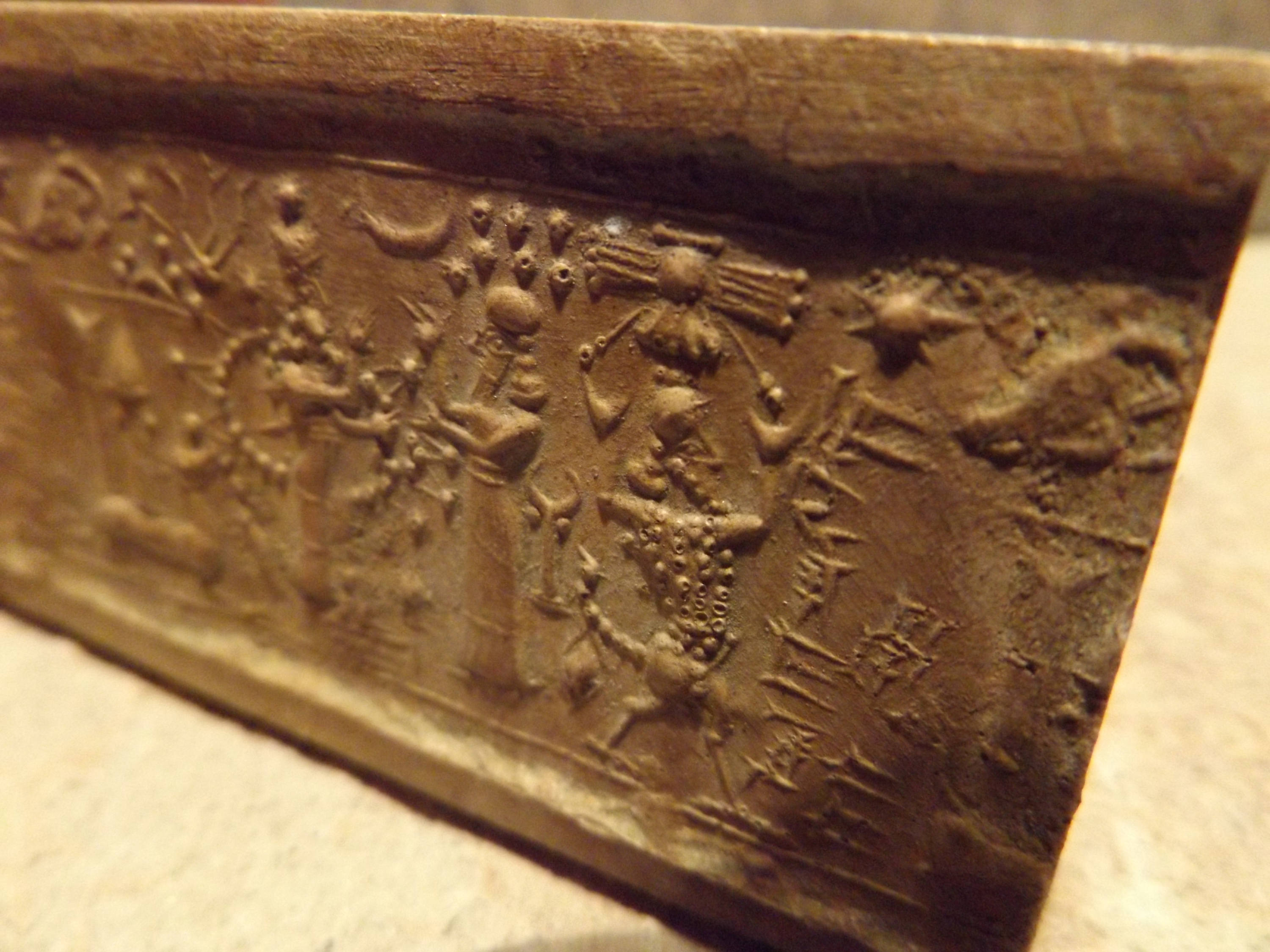- So it was with the world’s first goddess of love and war, Ishtar, and her lover Tammuz. In ancient Mesopotamia - roughly corresponding to modern Iraq, parts of Iran, Syria, Kuwait and Turkey - love was a powerful force, capable of upending earthly order and producing sharp changes in status. Ishtar holding her symbol ( CC BY 2.5 ).
- Ishtar, Astarte, Ashur. To start with, we can see a simple explanation of the names Ishtar and Astarte, the great Venus goddesses of the ancient Semites who suddenly appeared around 2500 BC (the Sumerian goddess Inanna was coopted for Venus, as.
As goddess of Venus, delighting in bodily love, Ishtar was the protectress of prostitutes and the patroness of the alehouse. Part of her cult worship probably included temple prostitution. Her popularity was universal in the ancient Middle East, and in many centers of worship she probably subsumed numerous local goddesses.
Definitions
from The American Heritage® Dictionary of the English Language, 5th Edition.
- noun The chief Babylonian and Assyrian goddess, associated with love, fertility, and war, being the counterpart to the Phoenician Astarte.
from Wiktionary, Creative Commons Attribution/Share-Alike License.
- proper noun A
goddess offertility ,love ,sex andwar . In theBabylonian pantheon, she was the divine personification of the planet Venus.Assyrian and Babylonian counterpart to the SumerianInanna and to the cognate northwest Semitic goddessAstarte .
from WordNet 3.0 Copyright 2006 by Princeton University. All rights reserved.
Ishtar The Assyrian Venus Goddess
- noun Babylonian and Assyrian goddess of love and fertility and war; counterpart to the Phoenician Astarte
Etymologies
from The American Heritage® Dictionary of the English Language, 4th Edition
from Wiktionary, Creative Commons Attribution/Share-Alike License
Examples
Ishtar The Assyrian Venus Statue
Ishtar is a great movie, a real gem, and more and more people are coming to realize this.
Ea tries to rescue Ishtar from the underworld by sending a servant and is partially successful (Dalley 1989: 158).
Ea tries to rescue Ishtar from the underworld by sending a servant and is partially successful (Dalley 1989: 158).
Sometimes she was called Ishtar, a goddess of love and fertility and identified in mythology with Venus, the brightest light in the heavens.
Sometimes she was called Ishtar, a goddess of love and fertility and identified in mythology with Venus, the brightest light in the heavens.
Sometimes she was called Ishtar, a goddess of love and fertility and identified in mythology with Venus, the brightest light in the heavens.
Sometimes she was called Ishtar, a goddess of love and fertility and identified in mythology with Venus, the brightest light in the heavens.
Her name Ishtar is that by which she was known in Assyria; and the same term prevailed with slight modifications among the Semitic races generally.
Every year, the first Sunday after the first full moon after the spring equinox became known as Ishtar's Sunday, and was celebrated by rabbits and eggs, and a pig must be eaten that day.
While he's 'particularly drawn to the films he made in the late 60s and 70s,' and you'll see that in his Warren Beatty top 5, you'll find plenty leaving comments arguing that Ishtar is a 'great movie,' even 'the most misjudged movie of all time.
Related Words

hypernyms (1)
Words that are more generic or abstract
Comments
Ishtar The Assyrian Venus Painting
Log in or sign up to get involved in the conversation. It's quick and easy.
